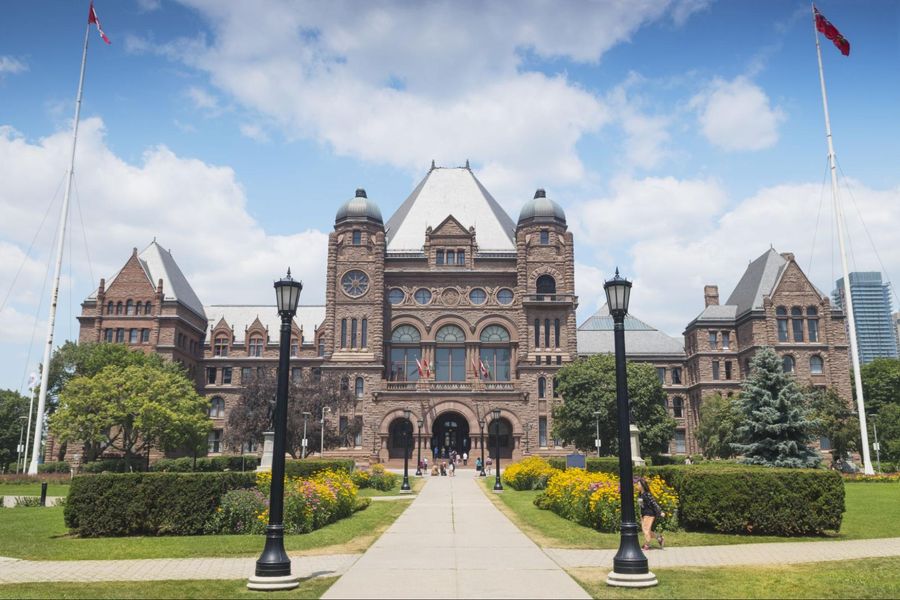Last Updated on October 24, 2023 by Neil Sharma
A lot of commercial spaces have been at risk of suffering infrastructure damage during the COVID-19 pandemic because of scant usage.
Whether a small retail unit or a large office building, unoccupied spaces can suffer everything from water leaks to overflowing toilets, and because there’s nobody around to mitigate the damage early, big problems often result.
“If the space isn’t occupied, have them inspected,” said Bill Fender, SVP of commercial property portfolios at First Onsite Property Restoration. “When sitting dormant other issues can creep up on them, like a small water leak, which can end up being a big problem. An unoccupied building can have a water episode or a mould problem, and a lot of the time it’s discovered by occupants—a wet ceiling tile, a toilet overflowing or pipe bursting, but when there’s no occupancy in the building, time becomes money, and as time goes on it becomes more expensive to repair and remediate.”
As an example of what should have been a small problem instead metastasizing, Fender said, “We’ve seen a water line in a coffee machine with a quarter-inch copper pipe break loose and nobody was in the building, so what should have been a typically small cleanup ended up being over $100,000 because it seeped through every nook and cranny. There will be mould issues, too.”
There are some preventive measures that can be taken. Systems, especially ones with water, should be run as often as possible otherwise the water quality will weaken, which Fender says is an issue in some hotels that have high pandemic-induced vacancies. If not careful, Legionella could make its way through the water.
Most commercial properties already have preventative maintenance in place, and Fender is emphatic that their application must not be neglected during times of reduced occupancy.
“Reducing frequency and lowering costs might be tempting but we’d recommend they continue. Many property managers and landlords would strongly recommend that. Those general routine inspections of a building need to increase in frequency, with security guards and other maintenance personnel. Make sure ceilings aren’t wet or toilets are not overflowing.”
First Onsite Property recently conducted the Business Preparedness Survey to determine the reasons businesses’ interruptions and found that the 43% had disrupted operations from winter storms, while 23% reported flooding being the biggest issue, and 12% fire-related setbacks.
The survey also revealed that 77% of business disruptions in the last five years are a consequence of the pandemic, despite being a little over a year into it.
“The impact of the pandemic has been losses and interruptions to business and it has been devastating,” said Fender. “Some businesses were impacted severely in the hospitality sector, like hotels and restaurants, where staying alive has been an issue. Other areas we’ve been working with, like commercial office real estate, have been hard hit as well. We’re seeing very little occupancy rates in downtown cores.”
Neil Sharma is the Editor-In-Chief of Canadian Real Estate Wealth and Real Estate Professional. As a journalist, he has covered Canada’s housing market for the Toronto Star, Toronto Sun, National Post, and other publications, specializing in everything from market trends to mortgage and investment advice. He can be reached at neil@crewmedia.ca.









